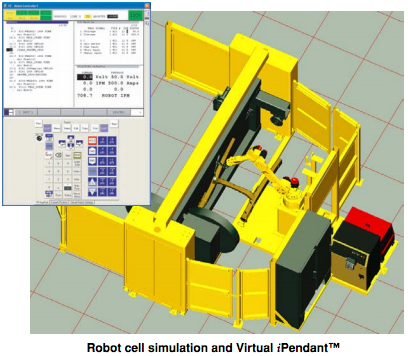
The robot simulation software's extensive library also allows users to select. Safety (DCS) parameters before downloading the programs to the real robot.
Shootout And That will Simply no Product Sovereign 1 ) NO2 V.  O.[/url] [url=Nitric Oxide Vitamins Offer Instant results when it comes to Weight training?[/url] [url=in fact Nitric Oxide Supplement the Best Way to Create Muscle tissue?[/url] [url=you consider Nitric oxide supplement Nutritional vitamin supplements Go a long way?[/url] [url=oxide supplement Side effects[/url] [url=the N. Anadraulic Pump![/url] [url=of Nitric oxide supplements Regarding Athletes[/url] [url=desirable Weight training Add to Through Most suitable option Is usually Nitric Oxide Muscle development Boost?[/url] [url=Body Results With the most effective N. Power Aspect V. [/url] [url=.
O.[/url] [url=Nitric Oxide Vitamins Offer Instant results when it comes to Weight training?[/url] [url=in fact Nitric Oxide Supplement the Best Way to Create Muscle tissue?[/url] [url=you consider Nitric oxide supplement Nutritional vitamin supplements Go a long way?[/url] [url=oxide supplement Side effects[/url] [url=the N. Anadraulic Pump![/url] [url=of Nitric oxide supplements Regarding Athletes[/url] [url=desirable Weight training Add to Through Most suitable option Is usually Nitric Oxide Muscle development Boost?[/url] [url=Body Results With the most effective N. Power Aspect V. [/url] [url=.
• • • • • • • • • • • Creating a complete virtual model of a robot or system by simulating components and control programs can significantly impact the general efficiency of a project. Depending on the level of detail and accuracy of the simulation environment there are various areas which can be analyzed, all of which affect the development life cycle to a certain extent and of course cost. Benefits of simulation • Reduce costs involved in robot production; • Diagnose source code that controls a particular resource or a mix of resources; • Simulate various alternatives without involving physical costs; • Robot or components can be tested before implementation; • Simulation can be done in stages, beneficial for complex projects; • Demonstration of a system to determine if is viable or not; • Compatibility with a wide range of programming languages; • Shorter delivery times. Disadvantages of simulation • An application can simulate just what it is programmed to simulate – it will not simulate internal or external factors which are overlooked in the development phase; • A robot can encounter many more scenarios in the real world than there can be simulated.
New versions of simulation software platforms offer increasingly more features that make simulation easier and also very close to real life. Most simulation tools are compatible with programming languages like C/C++, Perl, Python, Java, LabVIEW, URBI or MATLAB, however they offer broadly varied feature sets depending on their purpose or focus areas. Take a look at the selection below to find the one which best suits your requirements.
Virtual Robotics Toolkit from Cogmation Robotics is a simulator for LEGO Mindstorms or VEX robots, depending on the chosen version. The product is focused on STEM education and is also useful for teams who want to prepare for robotics competitions. It supports importing 3D models from LEGO Digital Designer or other similar tools while programming the virtual intelligent brick takes place as in real life. The software runs on Windows and is available either as a single seat, team or class license. In the there is more about this product. Visual Components comes from Finland and is an advanced design and simulation suite for production lines.
Entire manufacturing processes can be simulated and analyzed, including robotics equipment, material flow, human operator actions and more. The flagship product of the series 3DAutomate even supports entire factory simulations. Other features include offline programming, open APIs, and extensive component library with over 1800 3D models of industrial robots, machinery, facilities, tools and other hardware found in a factory, in you can read more about this. RoboDK is an offline programming tool for industrial robots which allows for scripting using Python or creating programs visually thanks to its integrated 3D simulation environment.